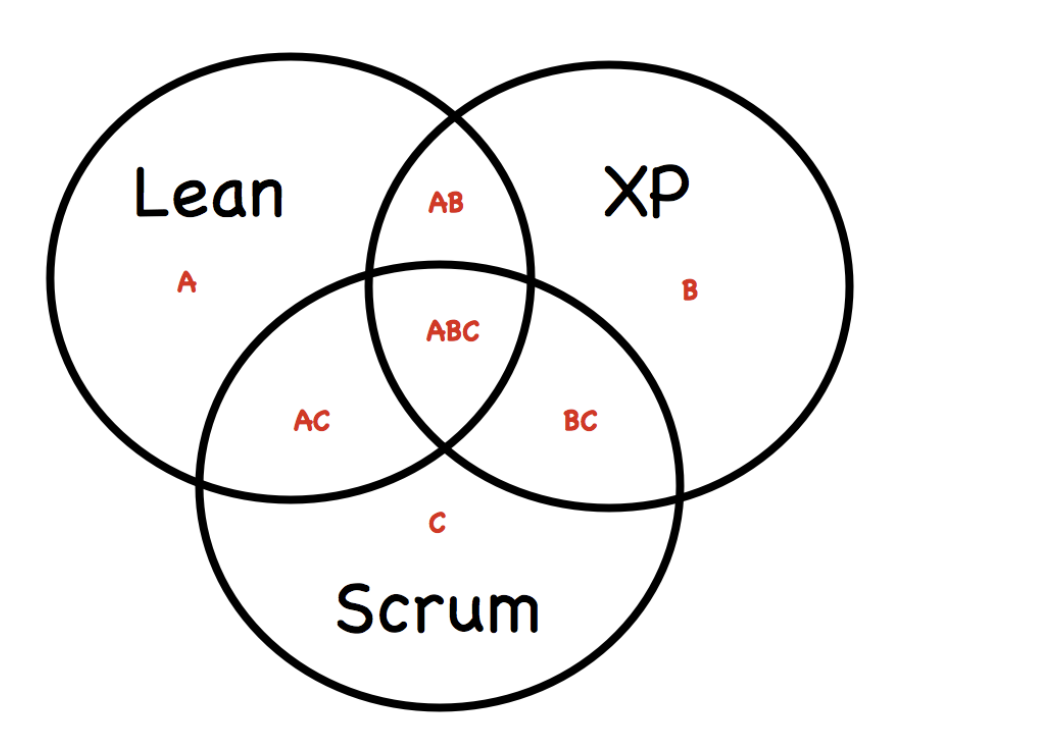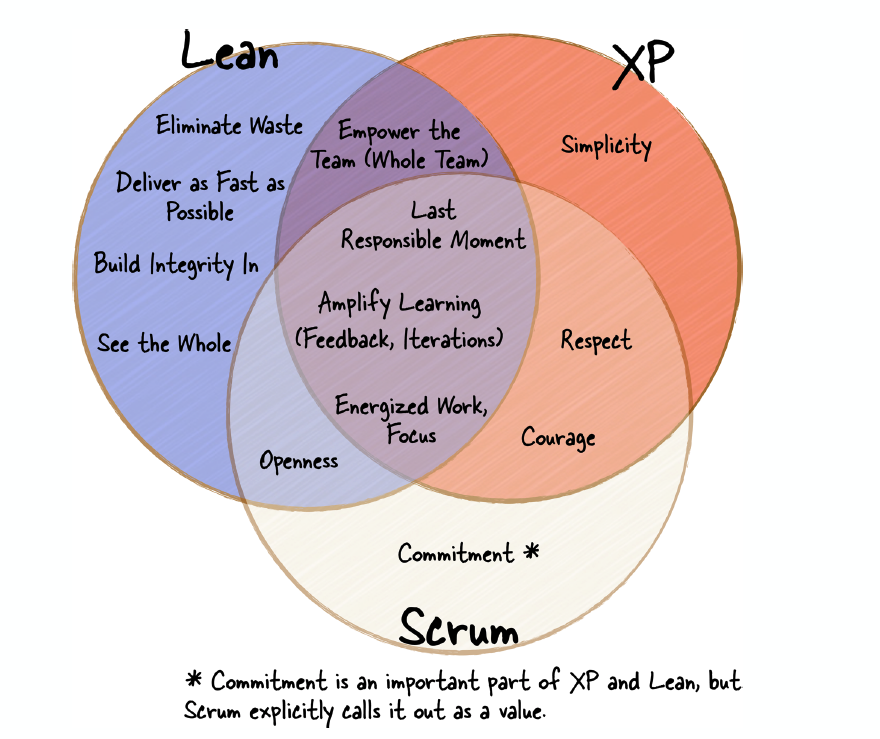202 - Agile+Scrum+Kanban
The Unified Software Development Process or Unified Process is a popular iterative and incremental software development process framework.
RUP - Inception, Elaboration (milestone) , Construction (release), Transition (final production release)
The three pillars of empirical process control are: Inspection, Transparency, Adaptation
Story point: Complexity, Effort, Doubt
Business modeling, requirements, Analysis and design, Implementation, Test, Deployment


Agile
- Individuals and Interactions Over Processes and Tools
- Working Software Over Comprehensive Documentation
- Customer Collaboration Over Contract Negotiation
- Responding to Change Over Following a Plan
Scrum
A user story helps the team understand their users, which has has conditions of satisfaction to help the team know when the story is done. Teams use story points and velocity to estimate how many stories they can include in each sprint.
Scrum roles:
Product owner (manage the product backlog) (sets product vision & priorities)
- Define the features of the produce
- Decide on release data and content
- Be responsible for the profitability of the product
- Prioritize features and priority every iteration, as needed
- Accept or reject work results
Scrum master (make sure scrum team) (removes impediments and provides process leadership).
- Represents management to the project
- Responsible for enacting Scrum values and practices
- Remove impediments
- Ensure that the team is fully functional and productive
- Enable close cooperation across all roles and functions
- Shield the team from external interferences
Team (do the work) (implements the product)
- 5-9 people
- Cross-functional
- Team are self-organizing
- Memberships should change only between sprints
Scrum iteration is one single timeboxed cadence combining three different activities: planning, process improvement, and (ideally) release.
Scrum resists changes within an iteration
A Scrum board is owned by exactly one Scrum team.
- Scrum sprint cycle 1-4 weeks
- Daily meeting 15 min
- Review 1h / week
- Plan 2h / week
Kanban
Visualize the workflow
Limit work in progress (WIP)
Measure the lead time
User story:
As.... I can... So that....